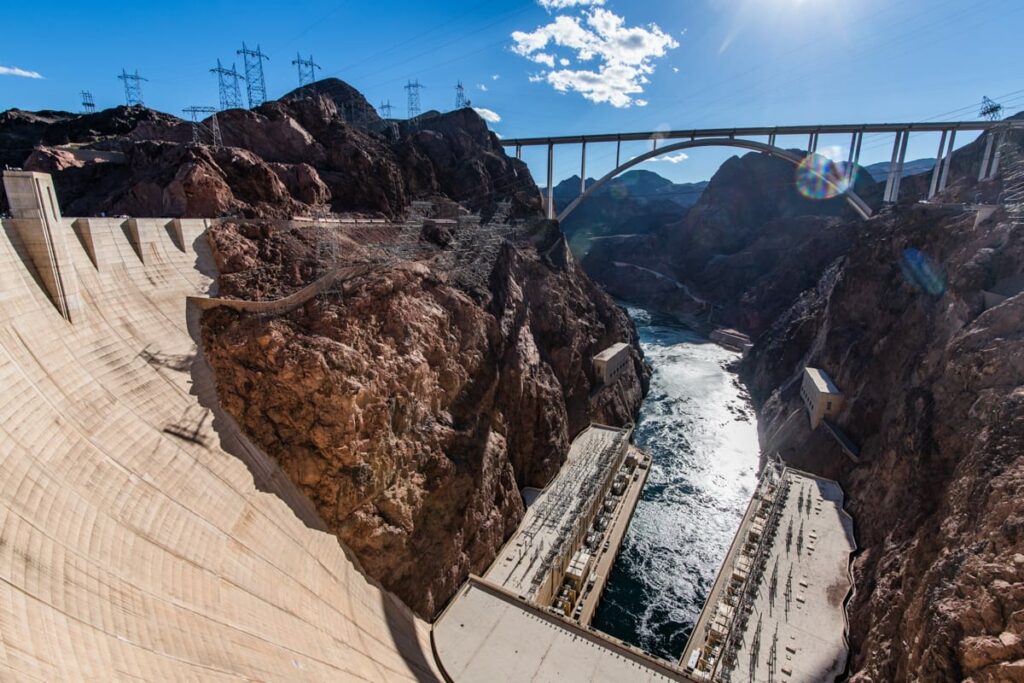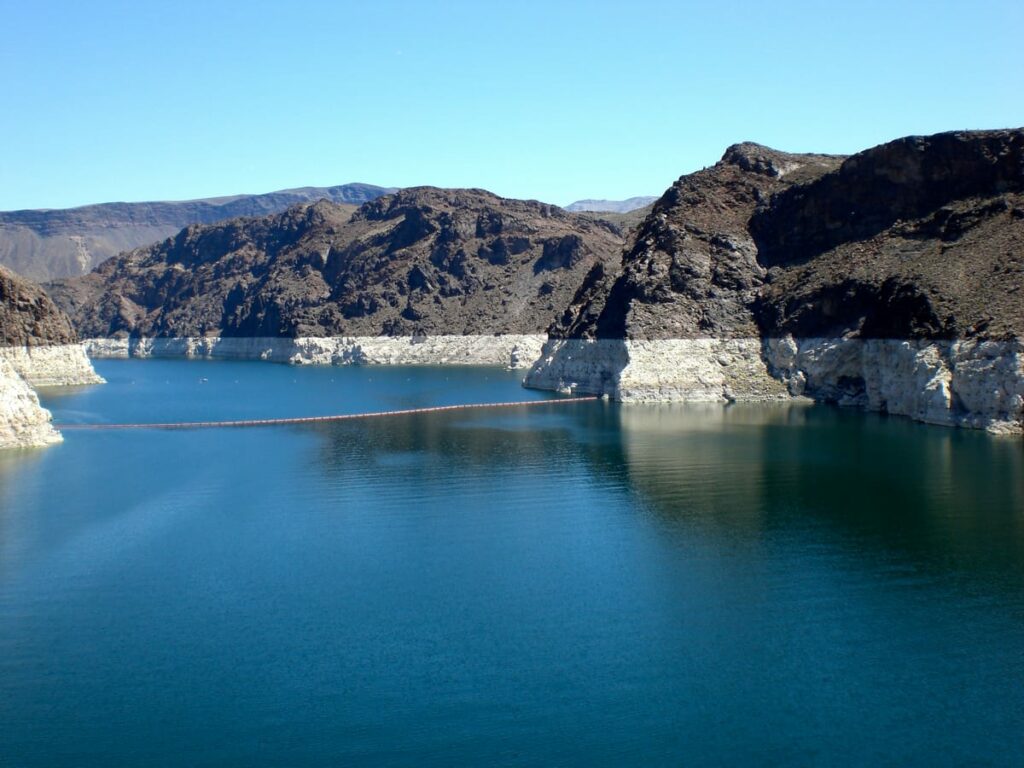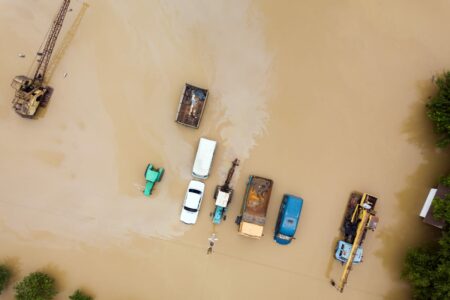Lack of rainfall is leading to dangerous drought and emptying of California’s reservoirs.
Shasta Lake
Shasta Lake, which usually rises more than a thousand feet above sea level, is one of these reservoirs. The lake is a vital piece of the Central Valley Project, a vast system of dams and canals that provide a source of water to farmers and communities in California’s Central Valley. As a result of the critically low water levels, the U.S. Bureau of Reclamation has restricted water deliveries to agriculture clients in the eastern San Joaquin Valley.
The water shortages will cause power and water shortages across the Western United States. The looming water shortages could be disastrous for residents. The California water board’s staff recently compared the current drought to the 1977 drought and predicted that Shasta Lake would be as low as three hundred thousand acre-feet of its 1977 record low level. The reservoirs in Northern California will be at critically low levels by October, and they will become useless puddles until the snow and rain replenish them.

Lake Oroville
At critically low levels, Lake Oroville in California has been unable to produce enough water to meet the needs of its citizens. Last year, the lake was at 24% of its total capacity, forcing the city’s hydroelectric energy plant to shut down for the first time since 1967. The lake’s water level was so low that consumption pipes and boat ramps were exposed.
Though heavy storms alleviated the situation this year, the state water officers are still wary of a possible dip in 2022. As the state continues its drought, authorities have asked residents to conserve water. Last month, Southern California declared a water shortage emergency.

Lake Mead
Water from the Colorado River is threatened to run out by 2025 due to below-average runoff. The water supply for about 40 million people in the American West is dependent on this river. Recent models released by the U.S. Bureau of Reclamation show looming shortages of the lake. As a result, several states have agreed to cut back on water releases to Lake Mead. Meanwhile, 500,000 acre-feet will be released from the Flaming Gorge reservoir into Lake Powell.
During the winter of last year, water officials in Southern California began implementing strict restrictions to conserve water. The winter, when very little precipitation fell, exacerbated the problem. The Southern Nevada Water Authority, which oversees the reservoir, requires outdoor watering only one day per week. The agency also promotes conservation measures and offers rebates to homeowners who replace lawns with water-wise landscaping. However, these measures are not enough to stop the shortage from getting worse.

Folsom Lake
Water is running low in the state’s largest reservoir, Folsom Lake. The lake is three times larger than two months ago and is only one-third full. Federal officials are constructing a $3.5 million barge to pump drinking water into the area, which will also serve a state prison complex. The lake is expected to reach 85% capacity this spring, but it has been at these critically low levels for years.














